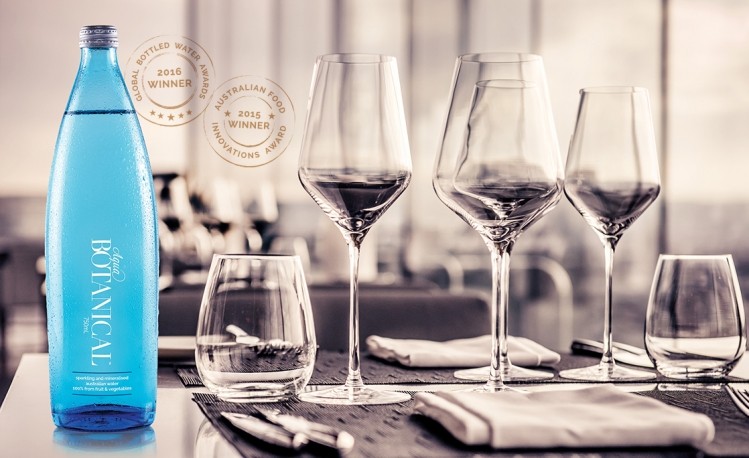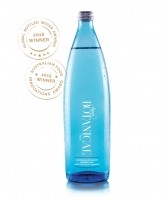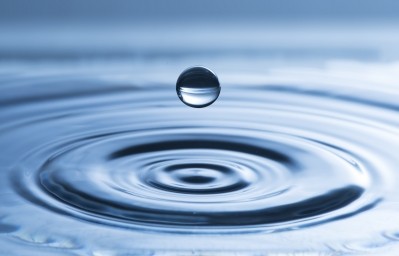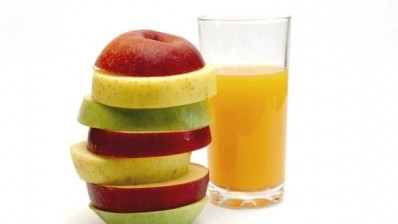Water sourced from plants: Premium in Australia; precious in India

In Australia, AquaBotanical comes from the water that would otherwise be wasted during the production of fruit juice concentrate.
In India, fruit and vegetables could be substituted for sugar cane – with the potential to produce 180 billion litres of botanical water annually in a country where clean, safe drinking water is a precious resource.
Water from carrots, citrus…
AquaBotanical is produced from locally grown produce supplied by farmers in Mildura, Victoria, Australia.
The patented AquaBotanical technology was developed by Dr Bruce Kambouris, whose background includes 15 years as a chemist for the beverage and wine industry and qualifications from Flinders University (South Australia), Curtin University (Western Australia) and Monash University (Melbourne).
“The inspiration to produce water from fruit and vegetables was instigated in my role as a chemical engineer working in fruit and vegetable juice concentration industry,” Kambouris told BeverageDaily.
“There I saw the process of concentrating juice, and the removal of a botanical fraction from the juice to reduce the volume. This botanical fraction was 100% derived from this pure juice and was just discarded.”
The technology has now been tailored to work with any type of juice: including carrot, citrus, sugarcane and even olives.
But doesn’t it taste like veggies?
Kambouris admits that a ‘vegetable’ taste to the water was one of the biggest challenges he had to address in developing the technology, along with ensuring that the water could be produced in an economical way.
But it’s a challenge he overcame: and now the water is taken seriously by chefs and connoisseurs and has a premium position in hotels, shops, restaurants and even Parliament House.
It is packaged in blue glass bottles and has what the brand describes as a ‘clean, subtle, silky mouthfeel without the salty, acidic aftertaste of many mineral waters,’ complementing wine and gourmet food.
“The water is complex and exciting,” said Kambouris.
“Expert tasters seem to detect a slight taste of the source fruit or vegetable, but the lay drinker does not taste this. It is what I would describe as having a big mouthfeel to it.”
While currently a super-premium offer, Kambouris believes the audience in Australia is much wider.
AquaBotanical
pH: 5.7 for AquaBotanical still; 4.7 for sparkling (can vary depending on produce used).
TDS (total dissolved solids): 110 TDS for AquaBotanical still, 840 TDS for sparkling.
Winner: best new water concept & best sustainability initiative: Global Bottled Water Awards 2016.
Winner: Food Industry Innovation Award 2015, Australian Institute of Food Science and Technology.
“Using different packaging will appeal to a more general audience, as marketing surveys reveal that the consumer has the impression that the botanical water is superior, credible and healthy,” he said.
Kambouris also plans to enter Australasian markets such as Indonesia, China and Japan. “Australian fruit and vegetables have a reputation throughout Asia as being clean and green and by default, water from this source is in demand in such countries,” he explained.
India: A water-stressed nation
But Kambouris believes his technology holds great potential in another market with different needs: India.
India holds 17.5% of the global population; yet only 4% of the world’s fresh water sources. Existing supplies are declining in supply and quality.
Poor water sanitisation practices make 37.7m people ill annually, while diarrhoea alone causes the death of 1.5 million children a year. Around 66 million Indians use water sources containing excess fluoride, while another 10 million have excess arsenic in their groundwater.
Meanwhile, India is the world’s second largest sugar growing country after Brazil, with more than 4 million hectares of sugar cane. In sugar production, the aqueous fraction from sugar juice is unpalatable and cannot be stored without fermenting, and so it is currently discarded by producers.
However, the AquaBotanical process can convert this by-product into pure botanical drinking water, which can be stored without refrigeration.
Because the vast plantations are distributed evenly throughout the country, water derived from sugar cane production could offer a water source with cheap distribution costs and low carbon footprint.
As well as being free from harmful impurities, water from sugar cane can be fortified with up to 74 plant minerals, thus boosting nutrition for local communities.
Kambouris will be in India next month where he plans to present his technology to government officials.







